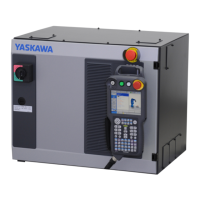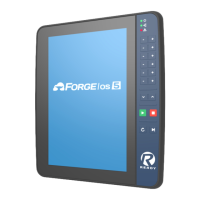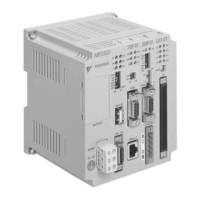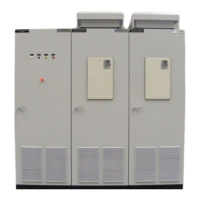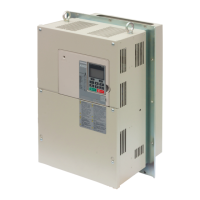4. 1.4 ADDRESS KEYS
These keys are to designate an address charac-
ter when writing in various data.
~k=iJ-c==3 ---
AOORCSS
OATA
Elma)m[mm [Pl!!l=ml
EllEmml[mKl Emflm
mmiiimllma (Fl!mf=l
El[=l[mm[mal(Fl!m!!nl
[EI]IEIIE][FI
[q[~]cq)
,CAX I (Cancellation) key:
For cancellation of the numeric value or address
data erroneously keyed.
~~ (write) key:
For storing address data by address keys and
data keys into buffer storage.
~S1lIFT
(shift) key:
——
Depressing
ISHIFT key after depressing ~
——
to~, ~ or
~ key makes the display
turn into
~ to i? , 7 , R which are
written on the upper left corner—of the keys.
These special characters are used in user
macro.
Fig. 4.5
4.1.6 NEXT KEY
Note: Special characters
n
L (Slash) key: For an optional block skip
command.
~J~ (EOB) key: For the block end command.
On the CRT display,
“;“ is displayed instead
of “EOB. “
The NEXT key is used for special purpose and
expanding function in display or writing data.
. Writing of additional tape in EDIT mode.
. Display of specified number in DGN function.
. For other special purpose and expanding
function.
4.1.5 DATA KEYS
4+
These keys consist of 15 keys in total, such as
~~mthrough ~, U (minus) “-]WI -]
and can be used for writing-in of such
all numeral values as tool offset value setting
data, parameter data, and so on, in addition to
command value.
Fig. 4.6
Notes:
,:0 :in~) ::;, F
r.
~
or input of numerical data
~]
(decimal point) key: For input of decimal
point
Fig. 4.7
mm
4.1.7 PAGE KEYS
The PAGE key is used to display the next page
or the previous page when CRT display is r-e–”
garded as page.
For example, when a bundle of tool offset values
are displayed by OFS key, this key is pushed to
display the next bundle of tool offset values,
which just looks like opening the pages of a book.
(1) Depressing ~~A[~ key displays the next
L.4
page.
(2) Depressing ~~3’G~ key displays the pre-
vious page.
(3) Keeping the PAGE key depressed makes the
page step automatically forward or backward.
153
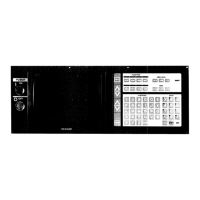
